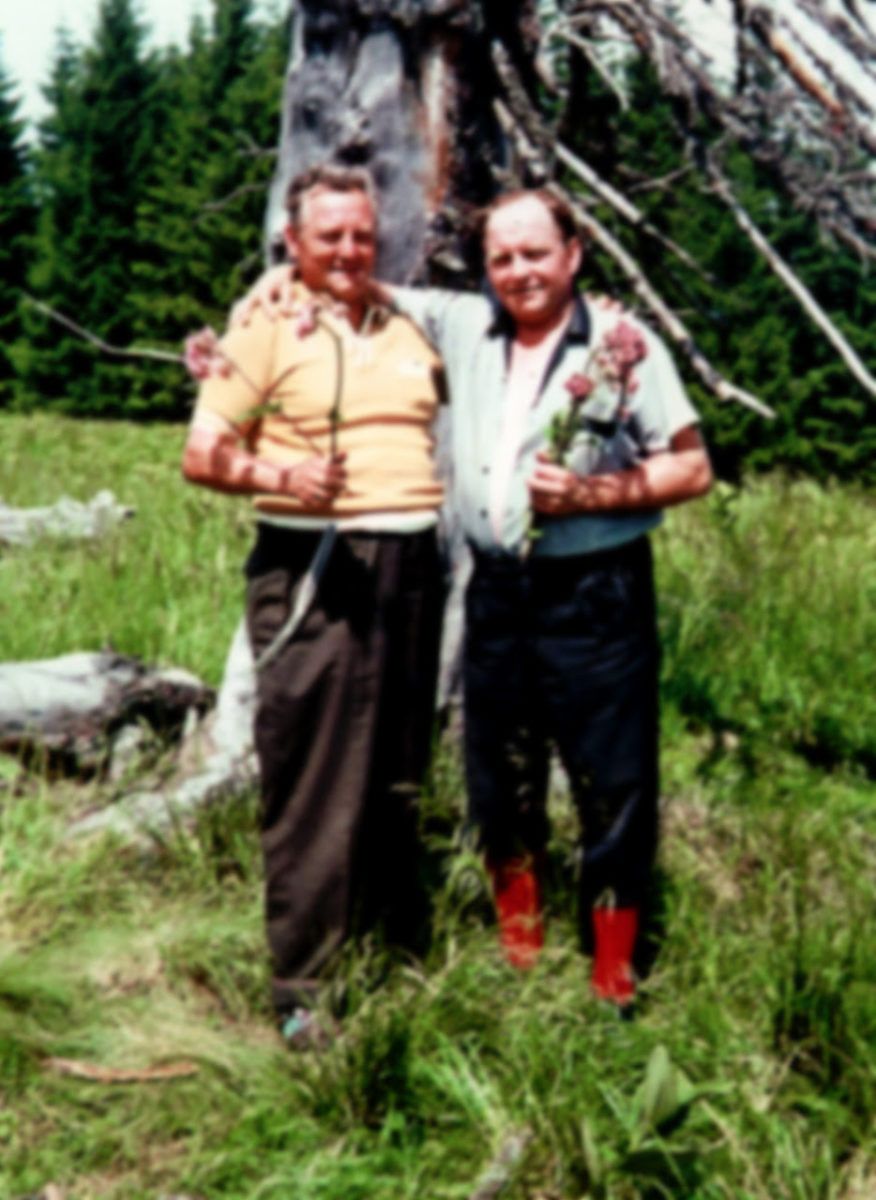

Why Aperture is Important?Īperture will determine the focus and exposure of your image.

F stop blog professional#
No, but this extended information about the camera mechanism will come in handy when you take on a professional project with rigid requirements. Is it necessary to always count the diameter of the aperture blades in the lens? Using that example, we instantly know that the aperture blades will appear larger at f/1.4 and become ridiculously small at f/22. It means that the diameter of your aperture blades in the lens will be precisely 50mm. Then divide 200 by 4 (4 because it’s the max aperture), and you’ll get 50 as a result.į-stop is the ratio between the focal length and the aperture blade diameter If you have a Canon EF 70-200mm f/4 lens fully zoomed in, the aperture blades’ diameter will be 200mm. The answer is it stands for focal length. In contrast, when he/she recommends a smaller aperture, use the f/8, f/16, and so on.īut… What does the “F” even mean? What Does the F Stand For in F-Stop? The next time your mentor asks you to use a larger aperture, you should set your f-stop to f/1.4 to f/2.8.

This metaphor perfectly explains why the smaller f-stop numbers (1, 2, 3, and 4) translate into a larger aperture and vice versa. When you cut the pizza into a half (½), you will have a larger portion than cutting it into one-eighth (⅛), right? To put it in practice, the f-stop of f/22 is equivalent to 1/22, and F/1.4 is the same as 1/1.4. Yet, the hint has been in front of us the whole time. We have all been confused with the smaller and larger aperture concept. So, how do you “count” the f-stop? And what’s the meaning of “larger” and “smaller” f-stops/f-number? Smaller and Larger F-Stop


 0 kommentar(er)
0 kommentar(er)
